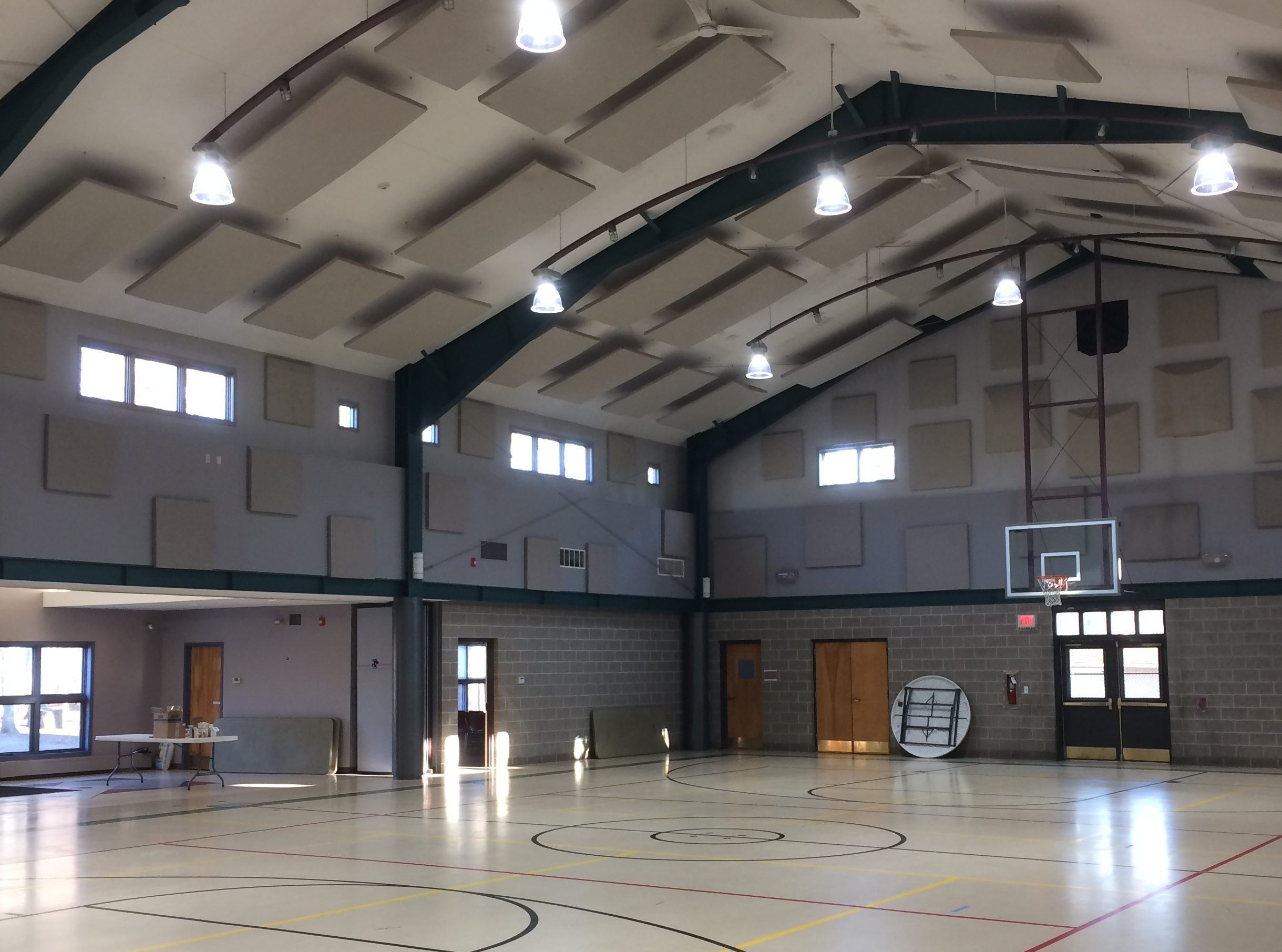Benefits
Lighting accounts for approximately 20% of all electricity use in the United States, and about 40% of energy consumption in the commercial building sector. Much of that energy is wasted, resulting in higher than necessary utility bills and carbon emissions. However, lighting retrofits can reduce energy costs by as much as 50% in some buildings, thanks to rapidly evolving technology. The challenge during a lighting retrofit is to achieve significant energy savings while maintaining a safe, well-lit environment that enhances the productivity of building occupants. Fortunately, the newer lighting technology provides the same or better light levels as older equipment. It also reduces glare, produces more natural-looking light, and does not flicker or hum. Here are some other benefits:
• Reduced maintenance costs due to lamps and ballasts that don’t need to be replaced as frequently
• A positive impact on the environment by decreasing carbon emissions
• In a work environment, better lighting improves employee productivity, quality control, safety and security
• In a learning environment, better lighting improves classroom performance
Energy-Saving Opportunities
It is time to retrofit your lights when:
1. You have obsolete technology that no longer meets Federal energy efficiency standards. Older technology consumes a significant amount of energy, and much of it contains hazardous substances like mercury and PCBs.
2. You have older high-bay or outdoor fixtures that require costly maintenance. Repairing a single post top light entails at least two hours of labor, a bucket truck and other equipment. This is a fixed cost that can run in the millions of dollars, a daunting burden for facilities facing tight operating budgets.
3. You have areas where the lights are often left on while the space is unoccupied. This problem can be eliminated by installing occupancy sensors, devices that are integrated into the lighting circuit and turn the lights off when the space is left unoccupied for a predetermined period of time.
4. During daylight hours, there is enough ambient light in some rooms to render the electric lights unnecessary. This can be addressed with a daylight harvesting system, which uses photo sensors to detect light levels in a room and adjust the level of artificial lighting accordingly.
5. Your fixtures have lamps with different colors, or your lights flicker, buzz and cast uneven light throughout your facility. These are common problems that detract from the aesthetics of a space and even safety levels, depending on what function the space serves. In offices, glare can also be a problem, leading to fatigue and eyestrain. All this can easily be corrected with a lighting retrofit.

